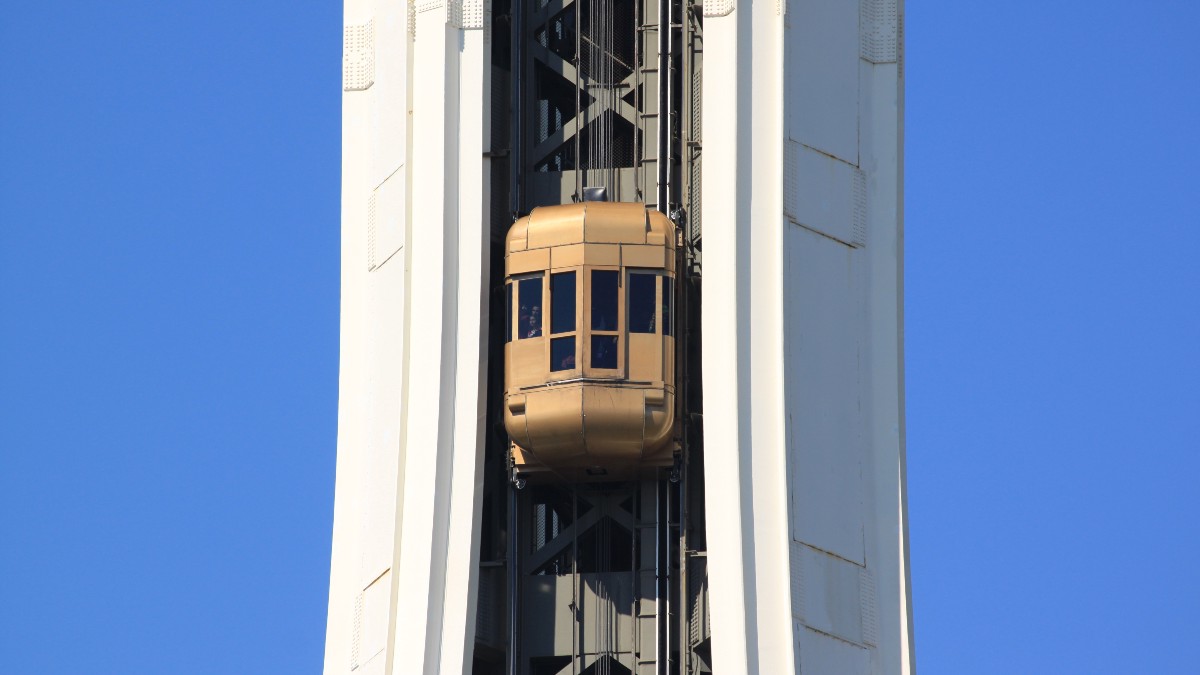
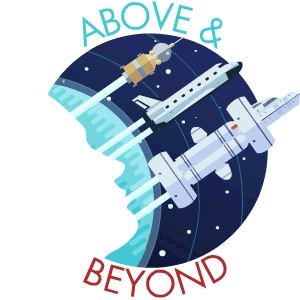
A log cabin, just over 75 miles southwest of Moscow, doesn’t sound like a likely setting for the origins of spaceflight. But that’s where Konstantin Tsiolkovsky, one of the founding fathers of astronautic theory, made his home–inspiring generations of Soviet rocket engineers.
Tsiolkovsky was born into a middle-class family in Russia in 1857, the son of a Polish deportee to Siberia. He lost much of his hearing at the age of 10 after a bout with scarlet fever, which disqualified him from attending the local elementary school. Instead, his parents opted to home-school him, and so he spent much of his childhood reading books about mathematics and physics.
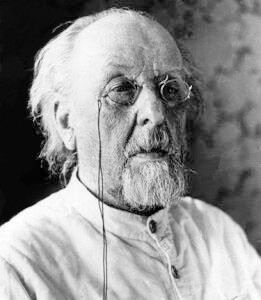
Recognizing his thirst for knowledge, Tsiolkovsky’s family sent him to Moscow at the age of 16 to take advantage of the Chertanovskaya Library. There, alongside his studies, he stumbled upon the works of Jules Verne, whose tales of space travel inspired the teenager to theorize about how such ideas might become possible. The giant cannon that Verne surmised could fire a spacecraft to the Moon, Tsiolkovsky calculated, would actually generate acceleration forces so strong they would kill its passengers.
After three years in Moscow, at the age of 19, the youth was summoned home by his father, who’d heard that his son was overworking himself and going hungry. Tsiolkovsky took and passed the teacher’s exam, but on the side he built a centrifuge to monitor gravitational effects using local chickens as test subjects. Around this time, he met Varvara Sokolova, the daughter of a local preacher, whom he wed.
After marrying, he took a job teaching arithmetic and geometry in the small town of Borovsk, about 70 miles south of Moscow, and spent his spare time writing his own Verne-inspired science fiction. Over time, he began to introduce more and more science and technology theory into his work, moving from fiction to theoretical papers. He struggled to keep up with scientific progress but in 1883 successfully published an article about living in outer space that effectively considered the effects of zero gravity.
In 1892, Tsiolkovsky was promoted to another teaching position–this time in Kaluga, about 125 miles from Moscow. He and his wife moved into a log cabin on the outskirts of town, where he also began to design airships and all-metal aircraft. In 1895, on a trip to France, he saw an under-construction Eiffel Tower and was suddenly inspired. What if, he considered, you could build a tower that reached all the way from the ground into space? Any object that was carried aloft would gain enough horizontal momentum to stay there in a geostationary orbit.
He called the idea a “Celestial Castle”; today we better know the concept as a space elevator. The design has since been refined into a cable, rather than a tower, which would rely on electromagnetic vehicles to whizz along carrying people, payloads, and power into orbit at a fraction of the cost of a rocket launch.
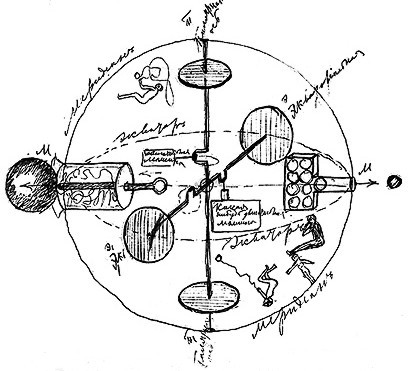
Since the late 1800s, the idea has repeatedly surfaced in science fiction but progressed no farther: Google examined the concept but found it less than feasible, while SpaceX founder Elon Musk said it’d be easier to build a bridge from L.A. to Tokyo than to construct an elevator into space, and that it’d be a “long time” before the economics make sense.
Tsiolkovsky no doubt suspected he’d never see a space elevator in his lifetime–he would have been well aware of the difficulties involved in its construction. So instead he moved toward an easier problem: flight. He designed a monoplane that anticipated much of the design of aircraft that wouldn’t actually be built for another two decades. He also constructed Russia’s first wind tunnel in 1897, and spent many years testing the drag coefficients of different shapes–paid for largely out of his own pocket.
His most famous research, however, was published in 1903 in an article titled “Exploration of the World Space with Reaction Machines.” It included an equation which bears Tsiolkovsky’s name to this day, providing the relationship between the mass of a rocket, its exhaust gases, and final speed. Without it, rocketry would be impossible.
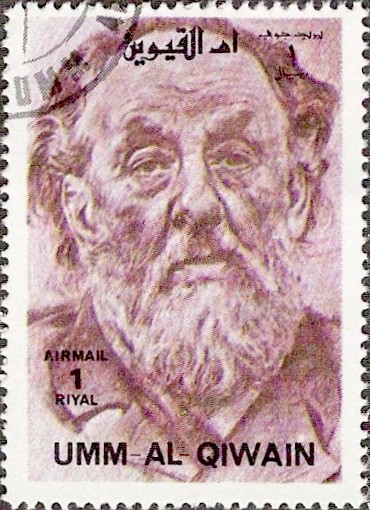
It was just one of more than 90 published pieces on space travel over the course of his lifetime, including designs for rockets with steering thrusters, multistage boosters, space stations, airlocks, and even closed-cycle systems that could provide food and oxygen to space colonies.
Unfortunately, Tsiolkovsky’s isolation in a small Russian town and reclusive nature meant that very little of his work left Russia. His support for the principles of eugenics also made him somewhat unpopular within the scientific establishment. German scientist Hermann Oberthand and the American physicist Robert Goddard stumbled upon many of his same discoveries independently in the 1920s, and today all three are recognized as the grandfathers of rocketry.
Fortunately, however, Tsiolkovsky’s genius was acknowledged during his lifetime–and he was honored for it with financial backing and a lifetime pension. He died in 1935 after undergoing an operation for stomach cancer, and bequeathed his work to the Soviet state. Dozens of leading Soviet rocket engineers were inspired by that work, along with German rocketry pioneer Wernher von Braun. At the end of the Second World War, Russian search teams combing through the research center where von Braun developed the V2 rocket found a German translation of one of Tsiolkovsky’s books where almost every page was covered with hand-scribbled notes.
Today, Tsiolkovsky’s legacy lives on through his rocketry equation, and his photo is a permanent fixture in the Zvezda module of the International Space Station. But perhaps the most appropriate tribute to his life, given his scientific isolation and enormous impact on space exploration, is the huge impact crater named after him on the far side of the Moon.


How We Get To Next was a magazine that explored the future of science, technology, and culture from 2014 to 2019. This article is part of our Above & Beyond section, which looks at our understanding of the universe beyond Earth. Click the logo to read more.
